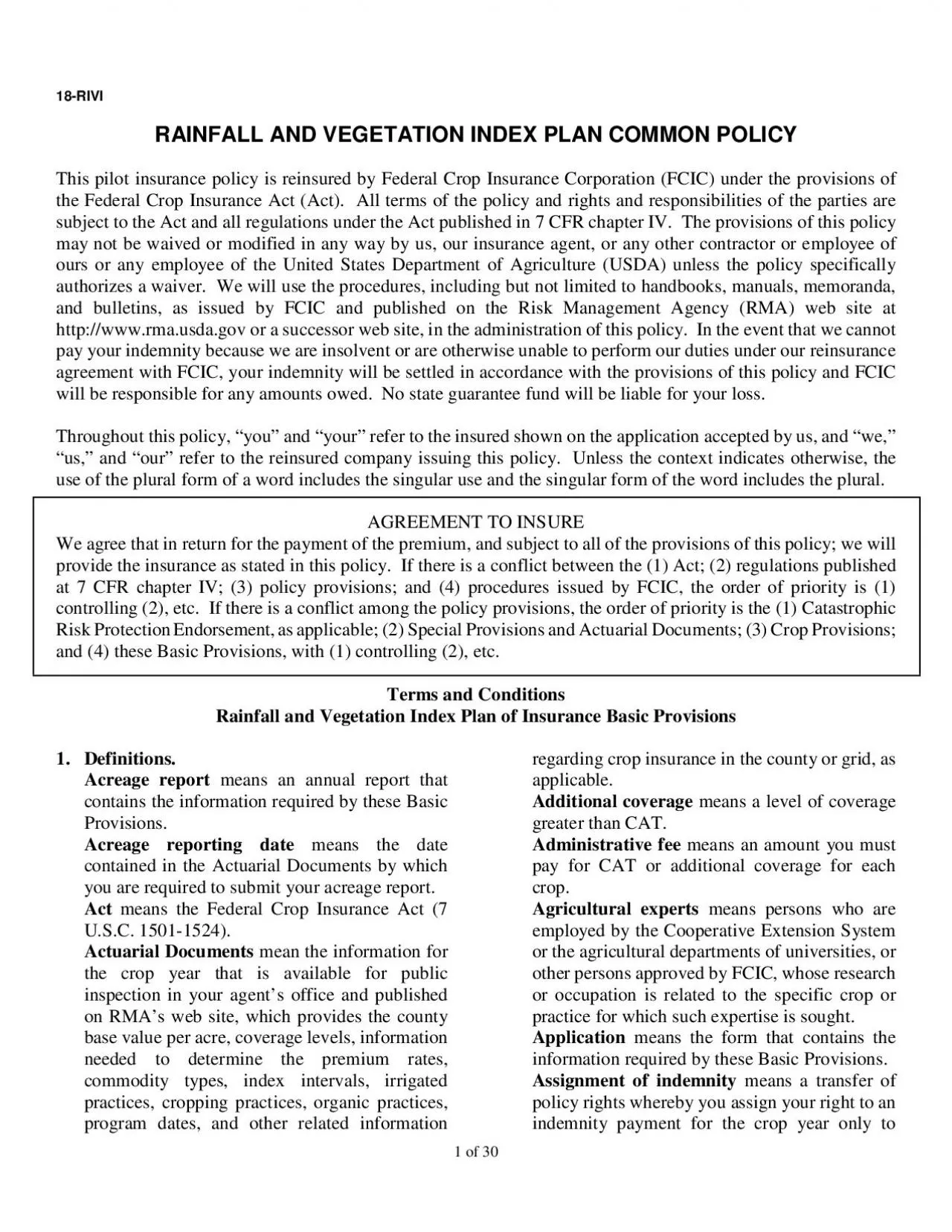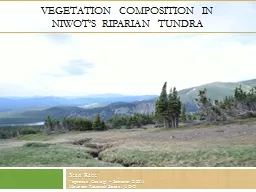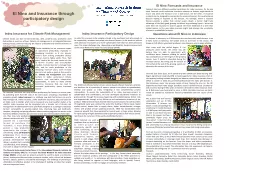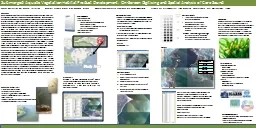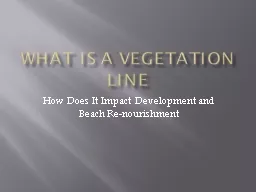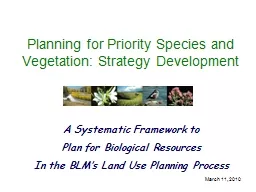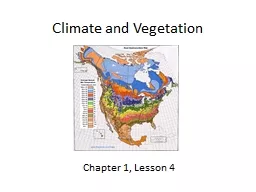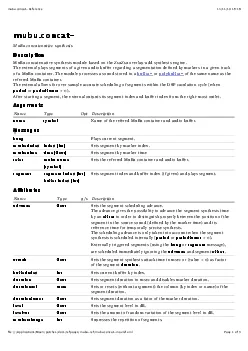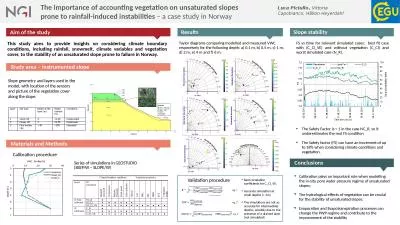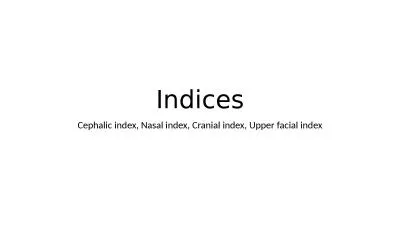PDF-RAINFALL AND VEGETATION INDEX PLAN COMMON POLICYThis pilot insurance p
Author : elise | Published Date : 2021-07-01
8RIVI of 18RIVI x0000x00002 of creditors or other persons towhom you have a financial debt or other pecuniary obligation Beginning farmer or rancher means an individual
Presentation Embed Code
Download Presentation
Download Presentation The PPT/PDF document "RAINFALL AND VEGETATION INDEX PLAN COMMO..." is the property of its rightful owner. Permission is granted to download and print the materials on this website for personal, non-commercial use only, and to display it on your personal computer provided you do not modify the materials and that you retain all copyright notices contained in the materials. By downloading content from our website, you accept the terms of this agreement.
RAINFALL AND VEGETATION INDEX PLAN COMMON POLICYThis pilot insurance p: Transcript
Download Rules Of Document
"RAINFALL AND VEGETATION INDEX PLAN COMMON POLICYThis pilot insurance p"The content belongs to its owner. You may download and print it for personal use, without modification, and keep all copyright notices. By downloading, you agree to these terms.
Related Documents

